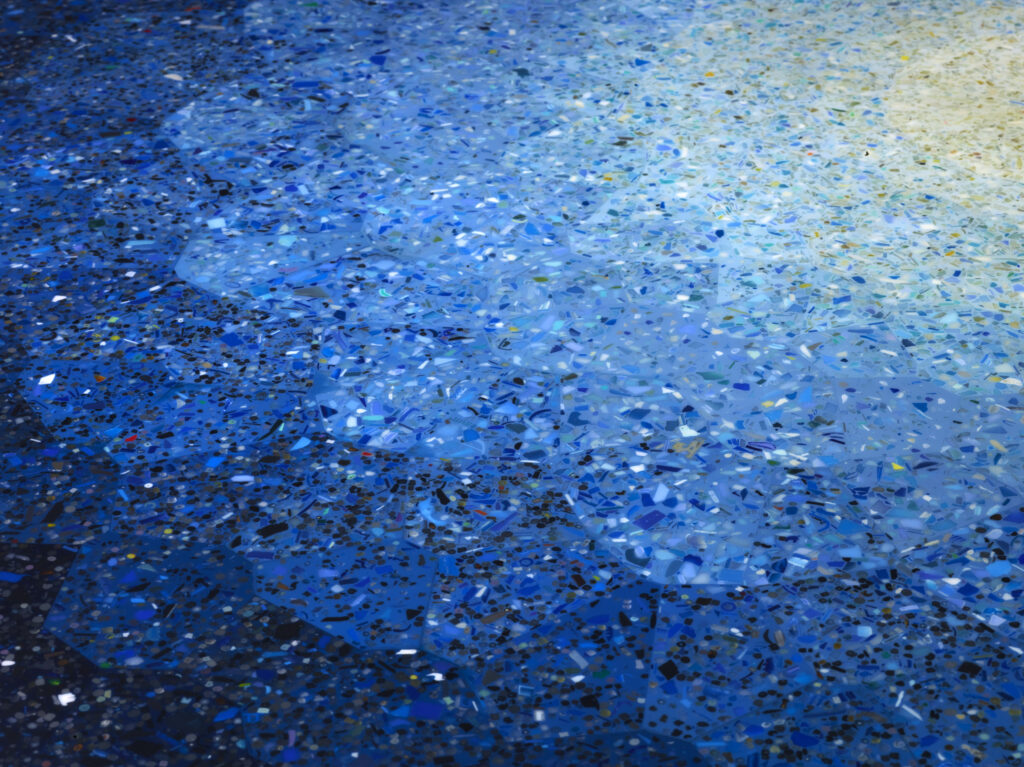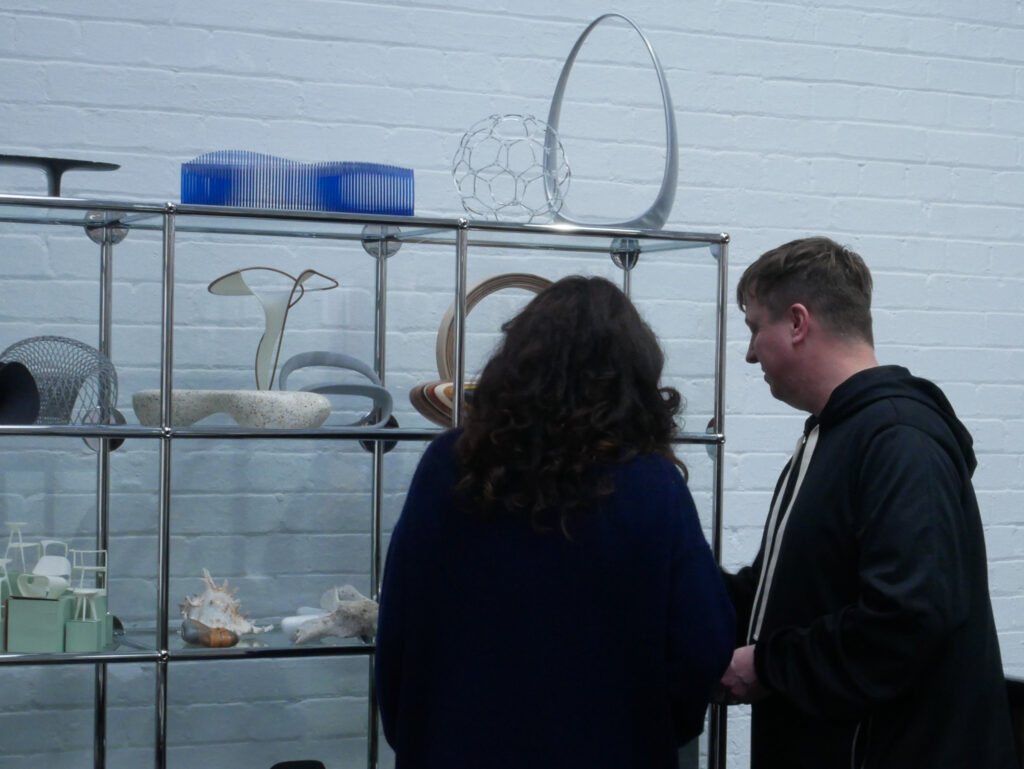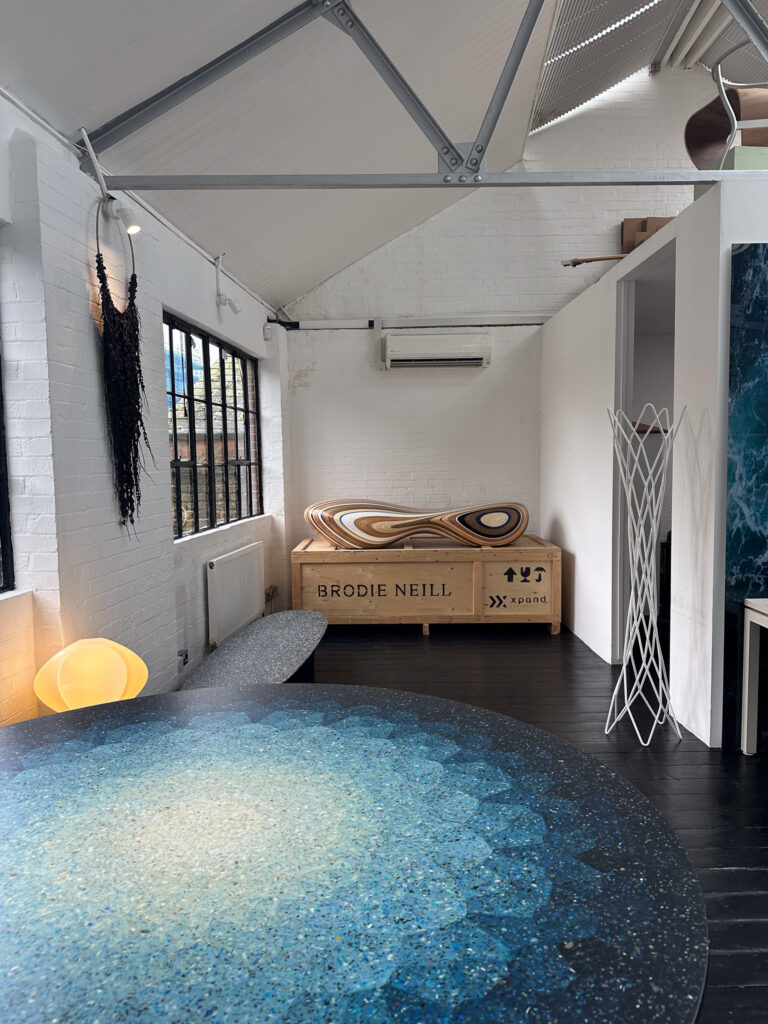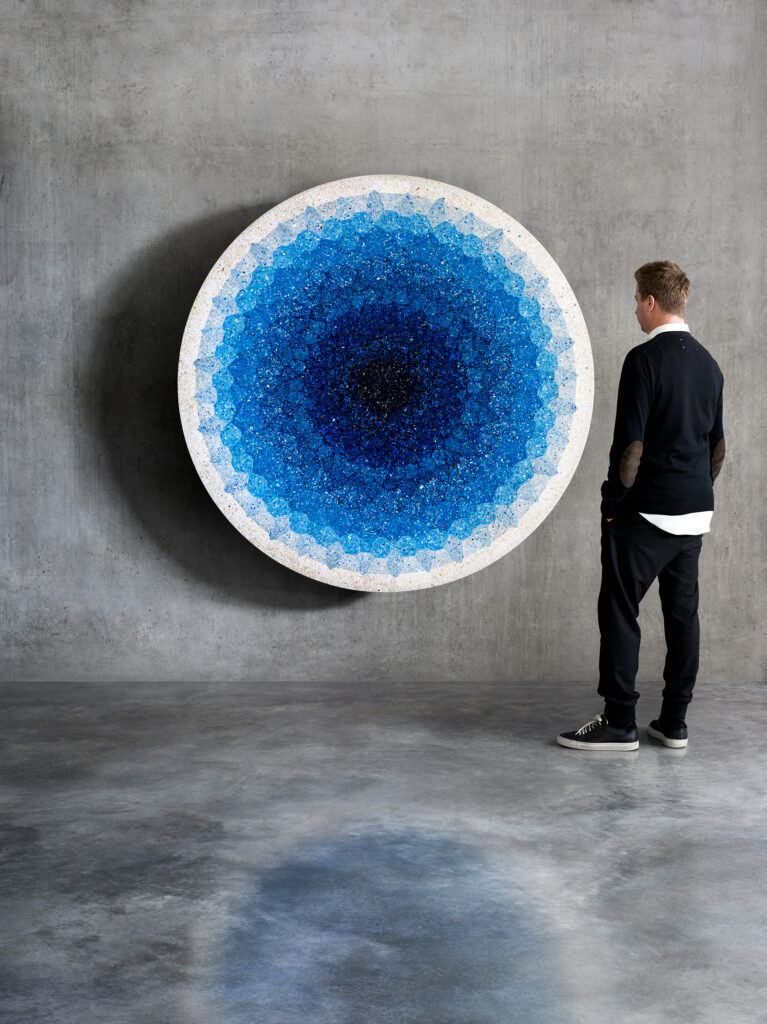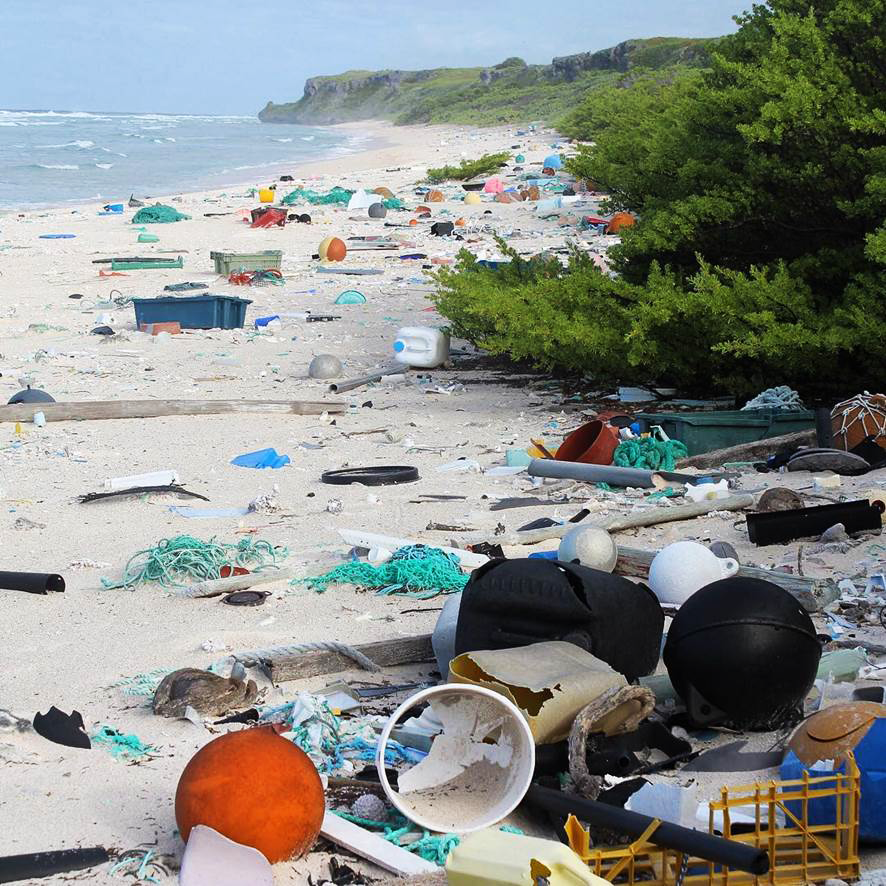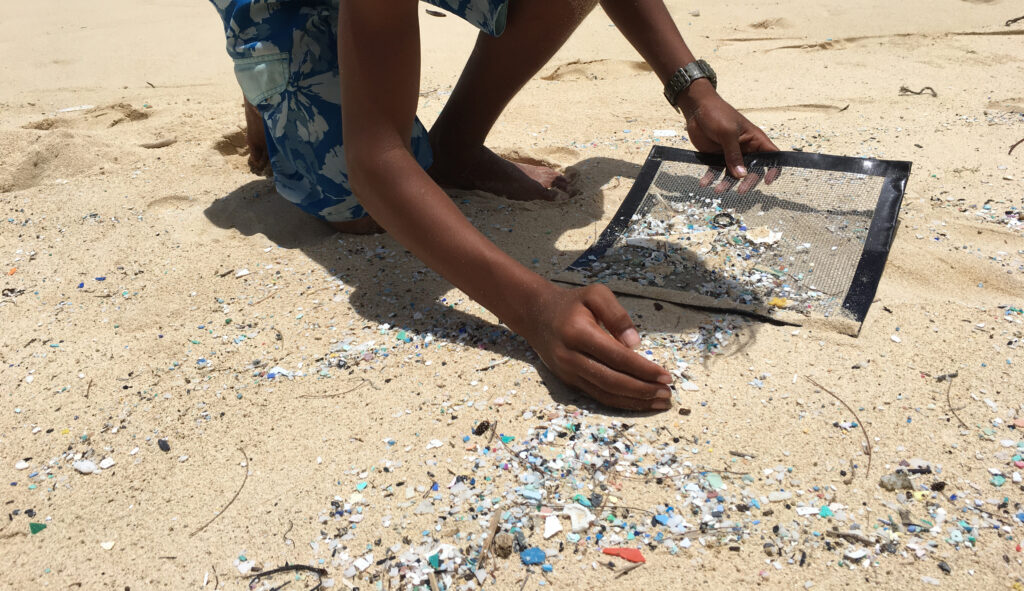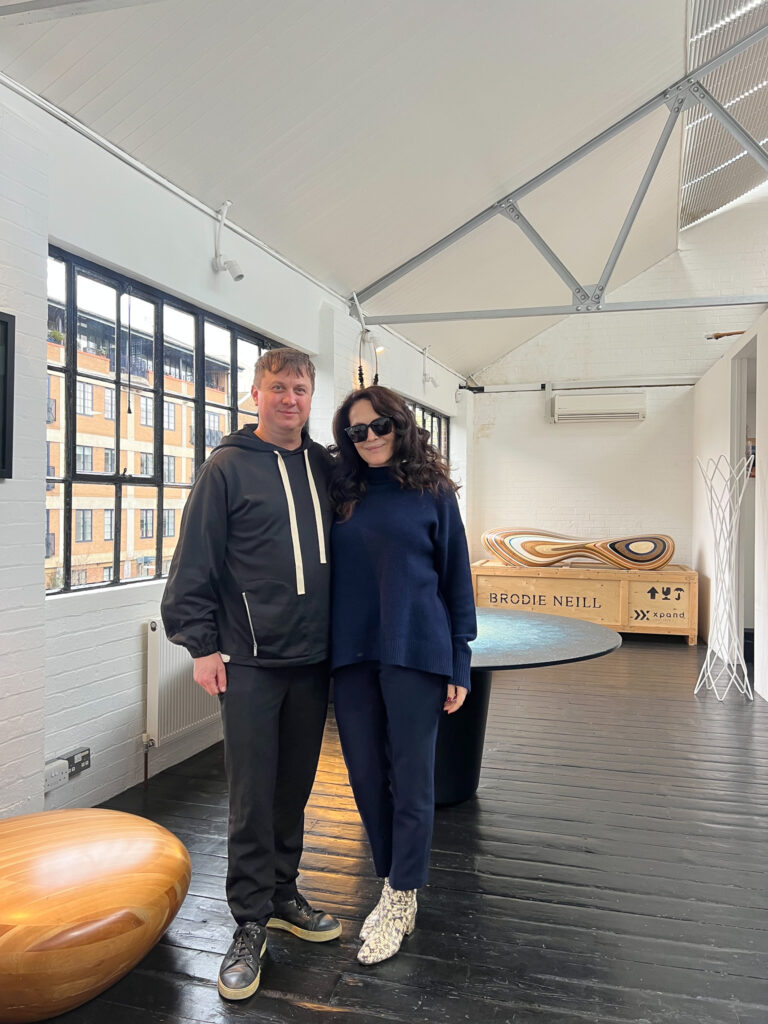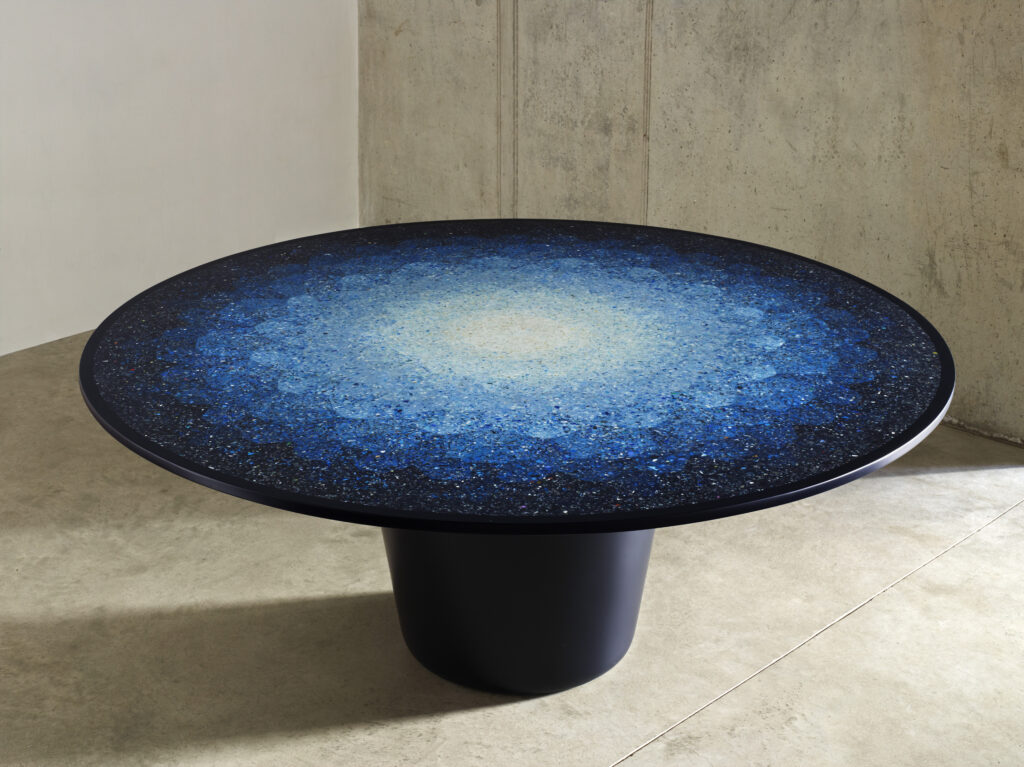
Functional objects made in the service of political ideology and a sustainable planet are the most contemporary expressions of design culture. In fact, in 2024, any design which compromises environmental regeneration on either a national or global level is considered dated. In my eternal journey into the world of contemporary design, I like to learn about the new inventive directions that designers take when addressing environmental issues, while also managing to succeed in expressing those ideas in interesting and beautiful forms. The time when sustainable design did not have to be aesthetically pleasing is over.
This is how I arrived at the studio of Brodie Neill in East London on one morning last week. If I defer to a quote by my father’s best friend, a world-renowned scientist, “the world is divided into those who think that global warming is a fiction and those who are not only worried about it, but do what they can to help,” then Neill belongs to the latter group. He uses reclaimed wood, circular metals, and previously used materials in his designs.
The Australian-born RISD-graduate designer knows what is ‘contemporary’ and how to express it in furniture design. Designers, he believes, should express their responsibility to the planet and take an active role in protecting it. As we all experience the effects of global warming, climate change, and shifts in temperature—right now London’s parks are all blooming as if it were May—he believes that designers should raise awareness to the dangers of loss of sea ice, melting glaciers, sea levels rising, and intense heat waves, and to do what they can to reverse what is reversable.
Neill’s project is particularly compelling. He used ocean plastic and waste that washes up the beach to create furniture. It is not as easy one would think, turning rubbish into luxury; there is a lot of handcraftsmanship involved and it is a very labor-intensive process. Neill’s love for nature and his passion for using waste is certainly inspiring. While working between industrial design and studio design, it is in the latter that he can fully address these narratives.
It all started when he was walking along the beach in his birth-town of Tasmania, seeing the pollution of plastic washed onto the shore. When he was selected to represent Australia at the London Design Biennale at Somerset House, he knew that this was the right time and opportunity to bring attention to all the marine plastic pollution of bottles, bags, microplastics, and other human rubbish which drifts throughout the ocean. He created a round table in blue, representing the globe, and transformed this unwanted rubbish into a crafted object of luxury and purpose which can be used in any chic interior.
Sustainable design does not only serve the purpose of reducing negative impacts on the environment, but also to bring awareness to the issues of the day while simultaneously reducing the consumption of non-renewable resources and minimizing waste; all of these issues are addressed in Brodie Neill’s project.
